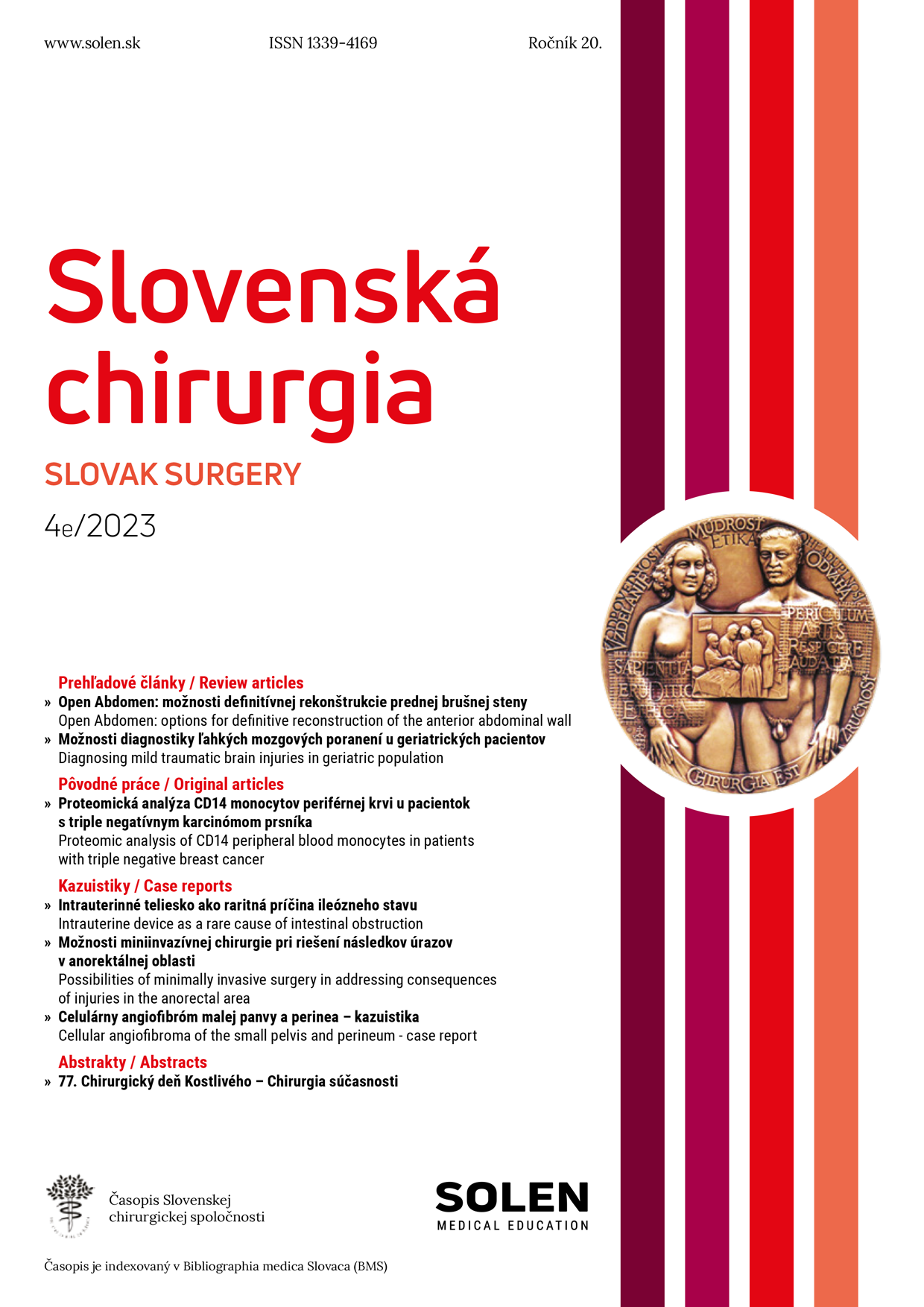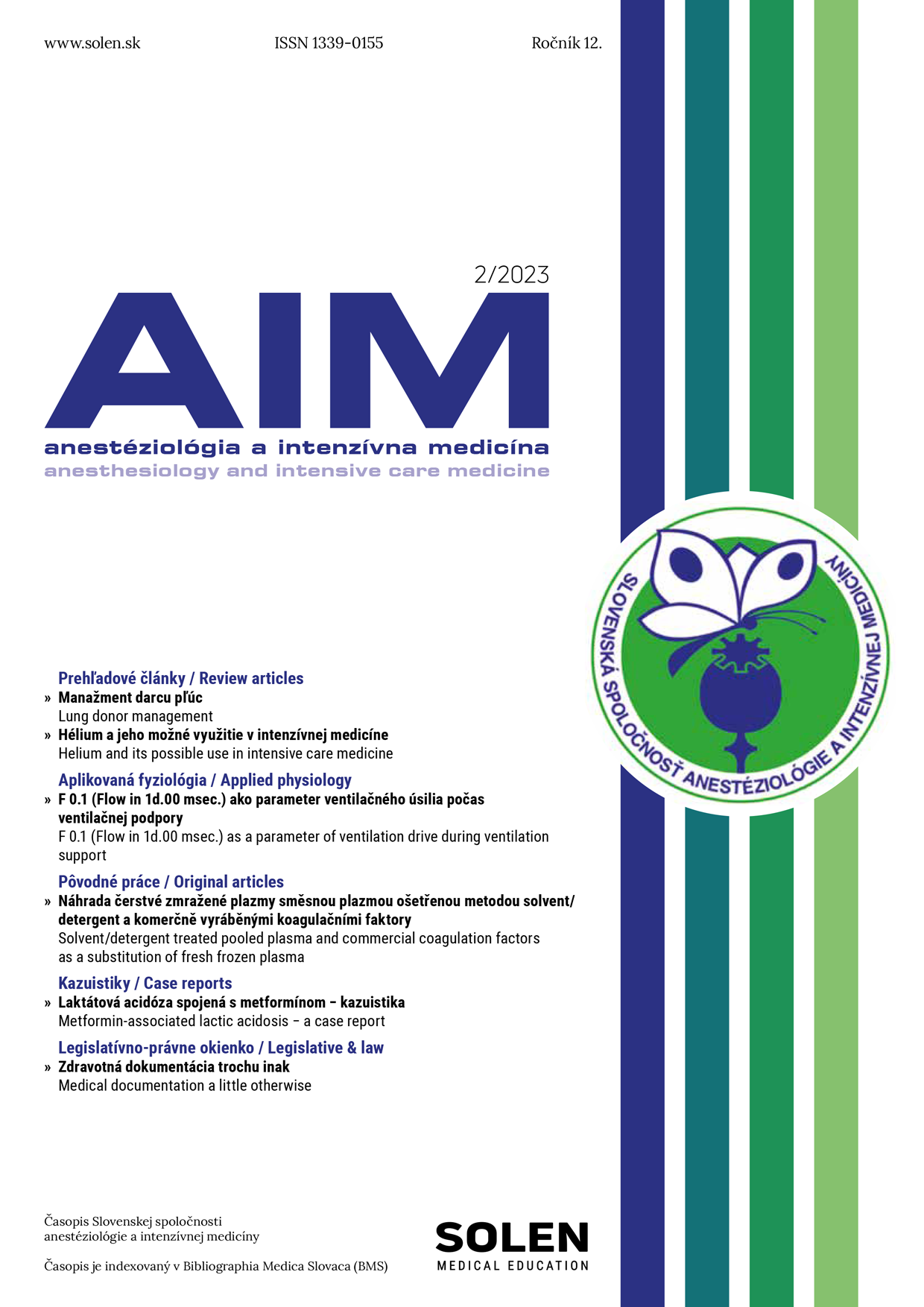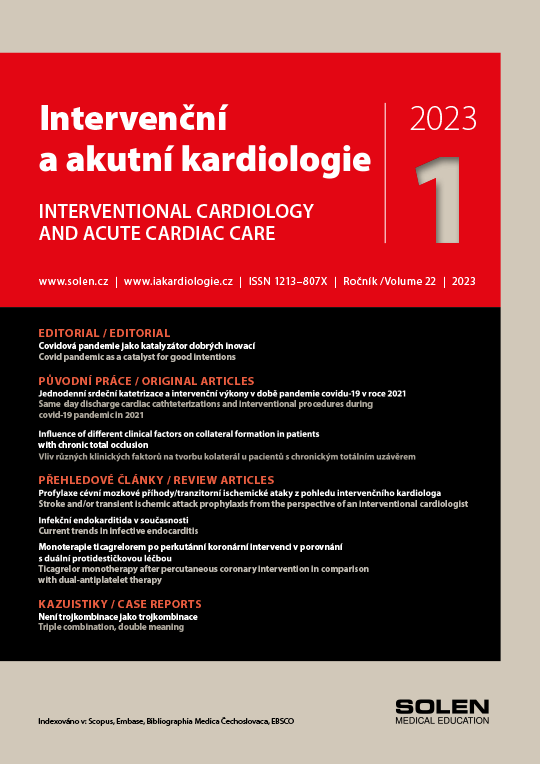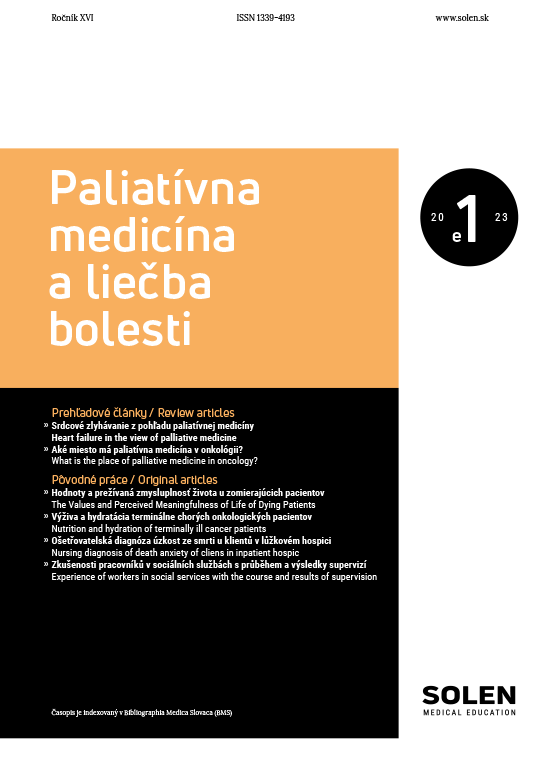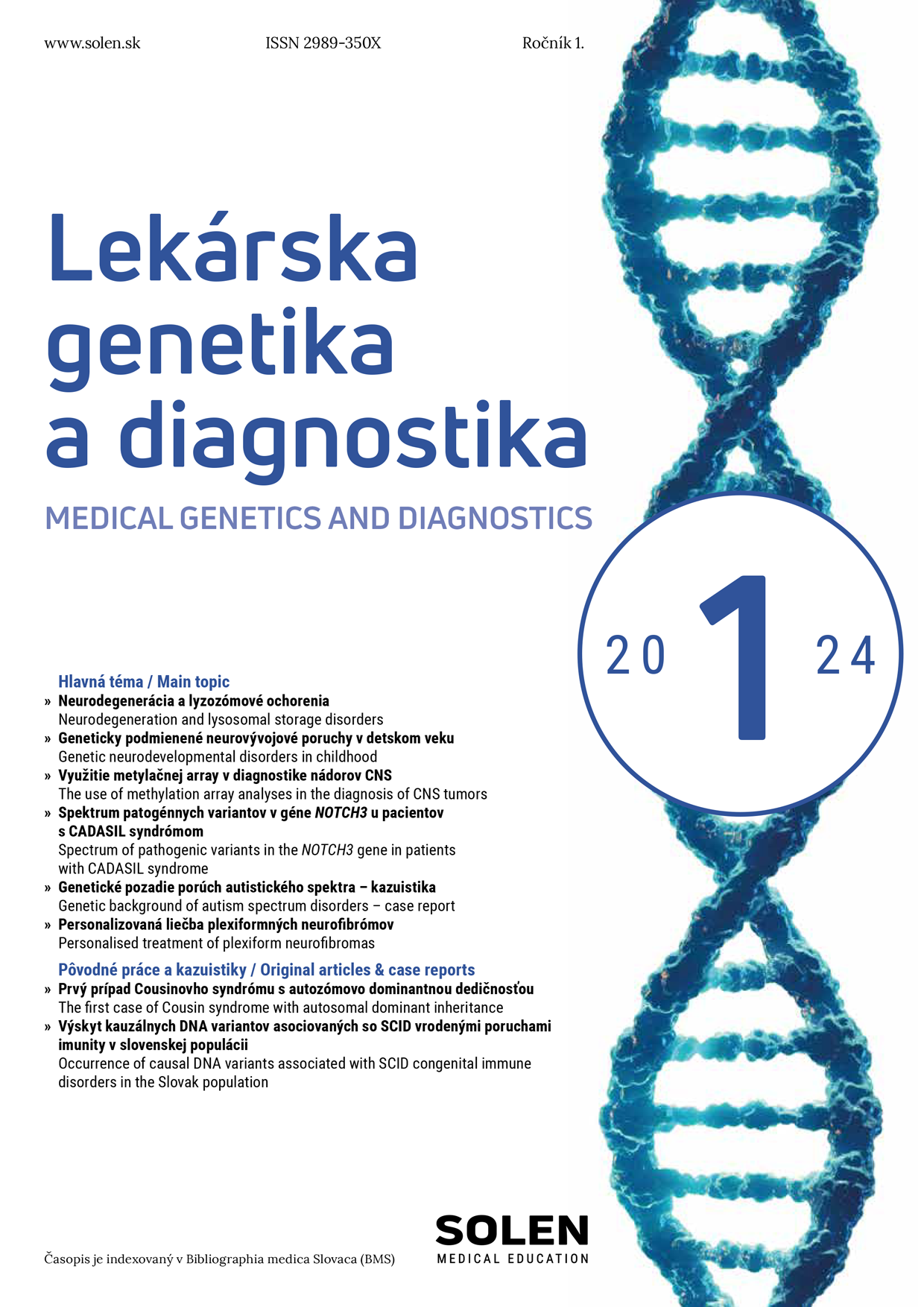Pediatria pre prax 3/2021
Cievne vstupy v neonatológii a komplikácie centrálnych venóznych vstupov
MUDr. Barbora Nedomová, PhD., MUDr. Zuzana Hrubšová
Zabezpečenie funkčného cievneho prístupu môže významným spôsobom zlepšiť celkový terapeutický manažment dieťaťa. K najdôležitejším faktorom ovplyvňujúcim kvalitu a bezpečnosť cievneho prístupu patrí správna indikácia, správne zvolený typ katétra a vhodný výber miesta jeho zavedenia. Zabezpečenie cievneho prístupu môže byť obzvlášť technicky náročné u novorodencov a vyžaduje si znalosti a praktické skúsenosti s touto špecifickou kategóriou pacientov. S cievnymi vstupmi súvisia aj komplikácie, ktoré majú negatívny vplyv na morbiditu a mortalitu. K najvážnejším komplikáciám patria infekcie a trombóza. Liečba týchto komplikácií je náročná, a preto je dôležité predchádzať ich vzniku.
Kľúčové slová: cievne prístupy, novorodenci, komplikácie, ultrasonografia
Vascular access in neonates and complications of central venous catheters
Reliable vascular access can significantly improve the overall therapeutic management in children. The most important factors influencing the quality and safety of vascular access include the correct indication, the correctly chosen type of catheter and the appropriate choice of the place of its insertion. Proper indication and provision of vascular access can be technically challenging, particularly in neonates, and requires knowledge and experience in this specific field. Vascular access is also associated with complications that have a negative impact on patient’s morbidity and mortality. The most serious complications include infections and thrombosis. The treatment of these complications is challenging and therefore needs to be prevented.
Keywords: vascular access, neonates, complications, ultrasound


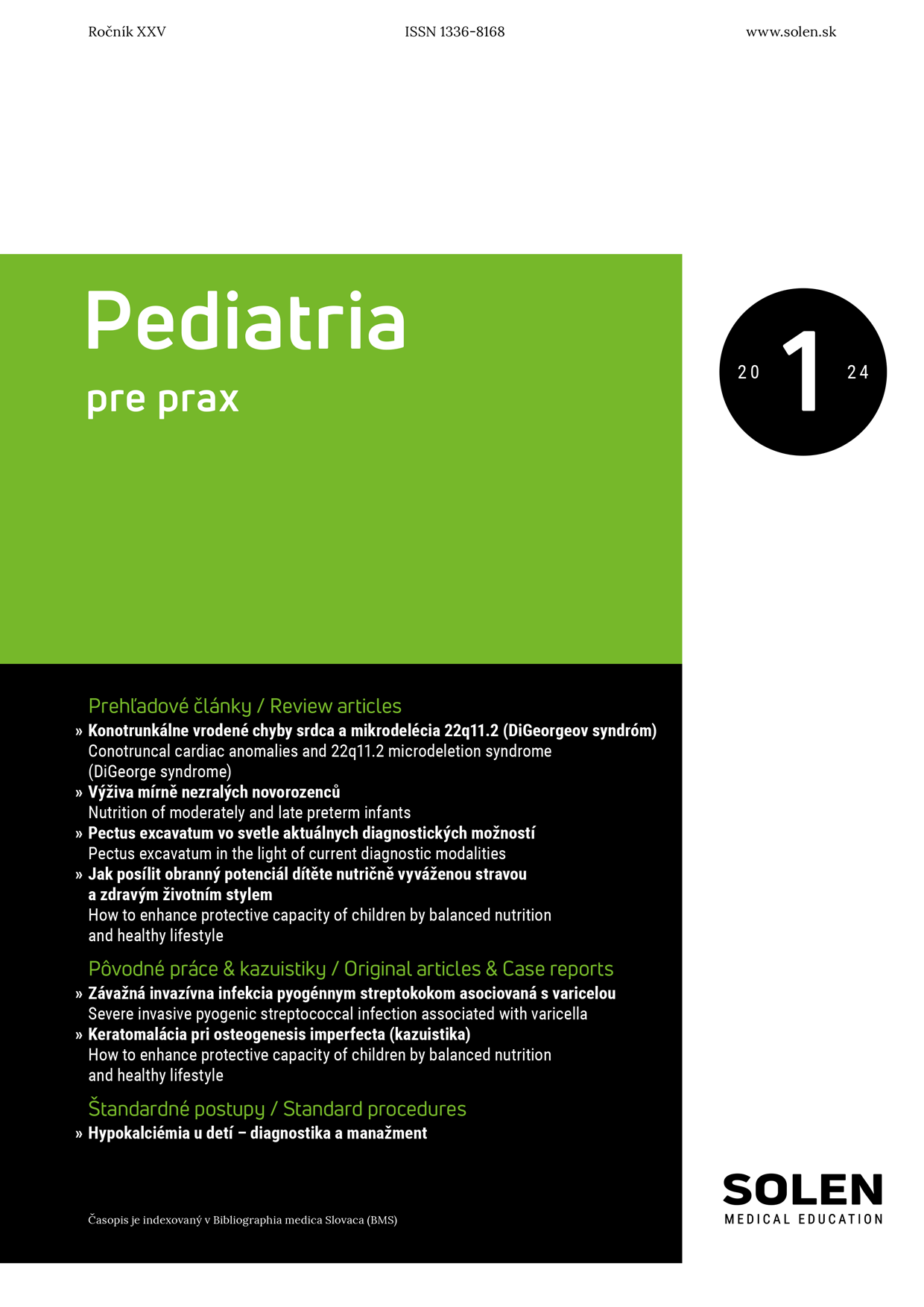
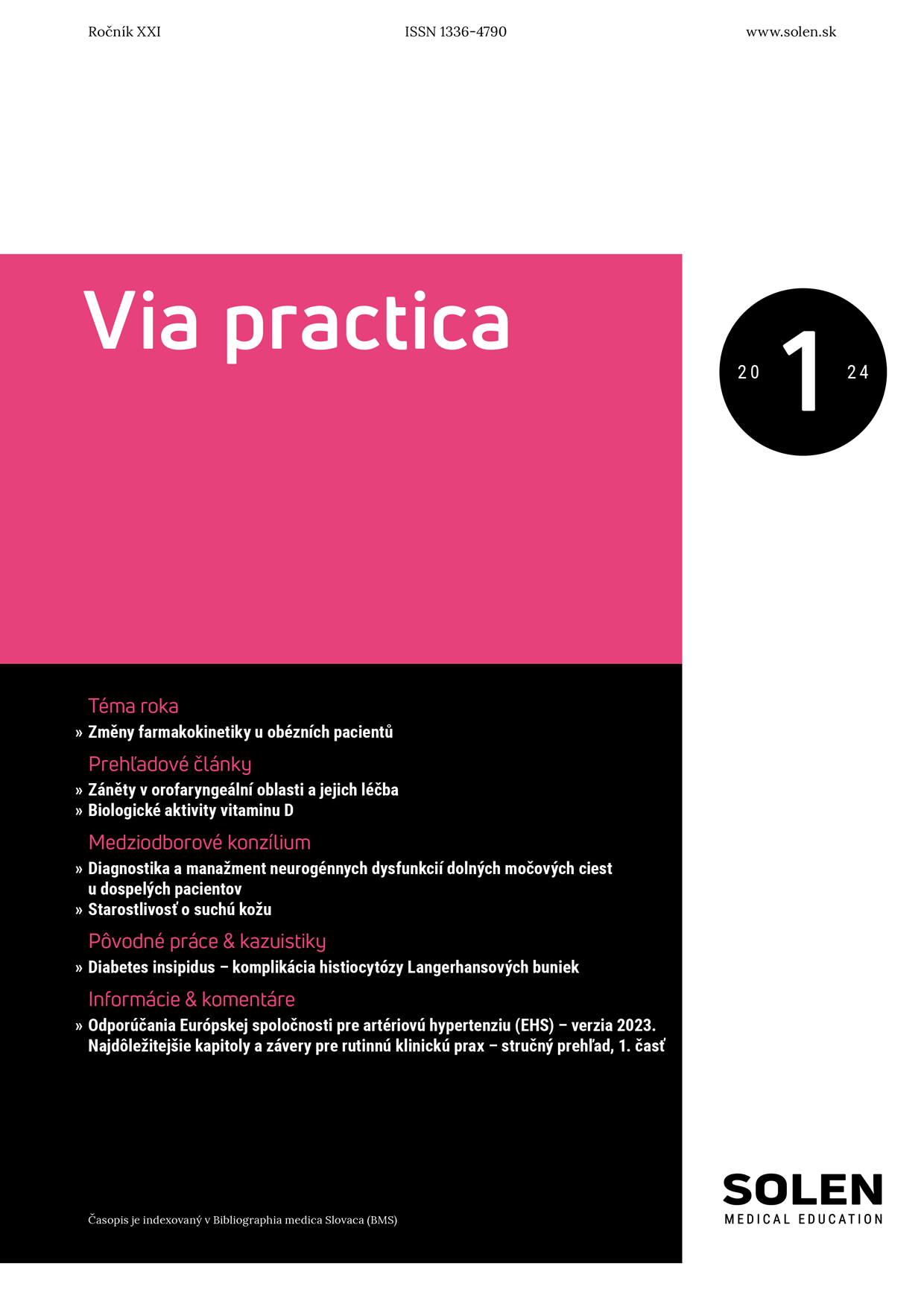
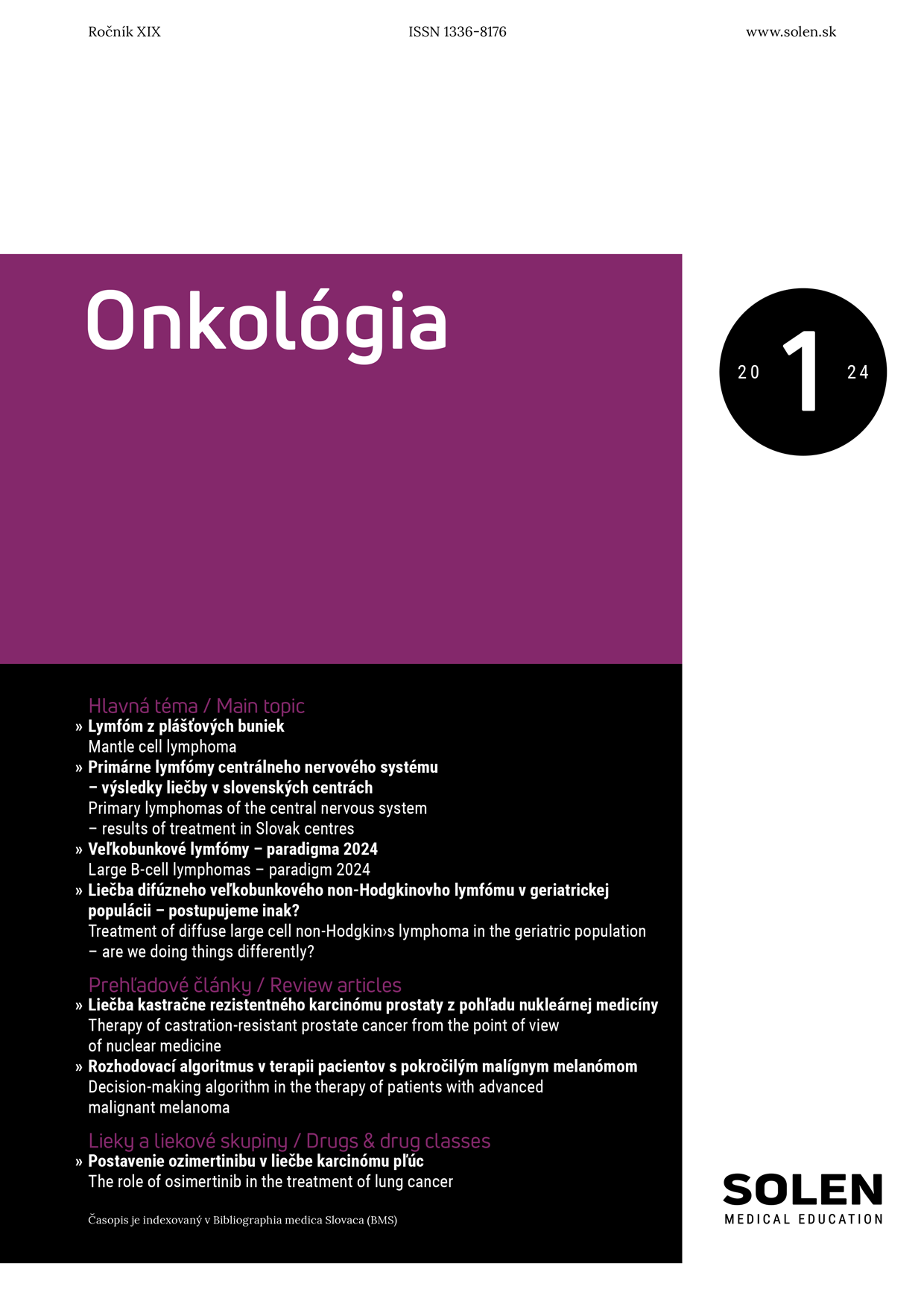
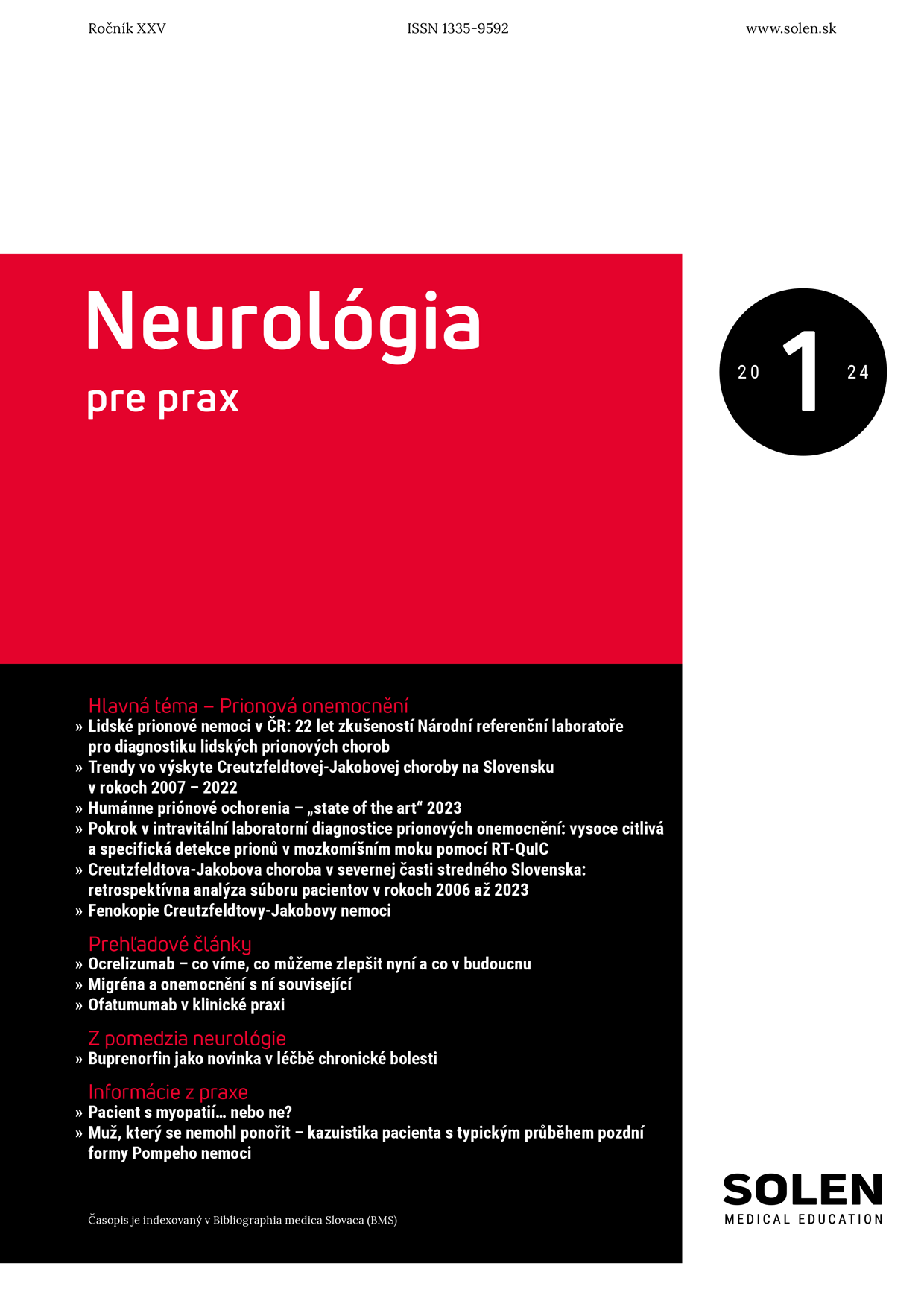
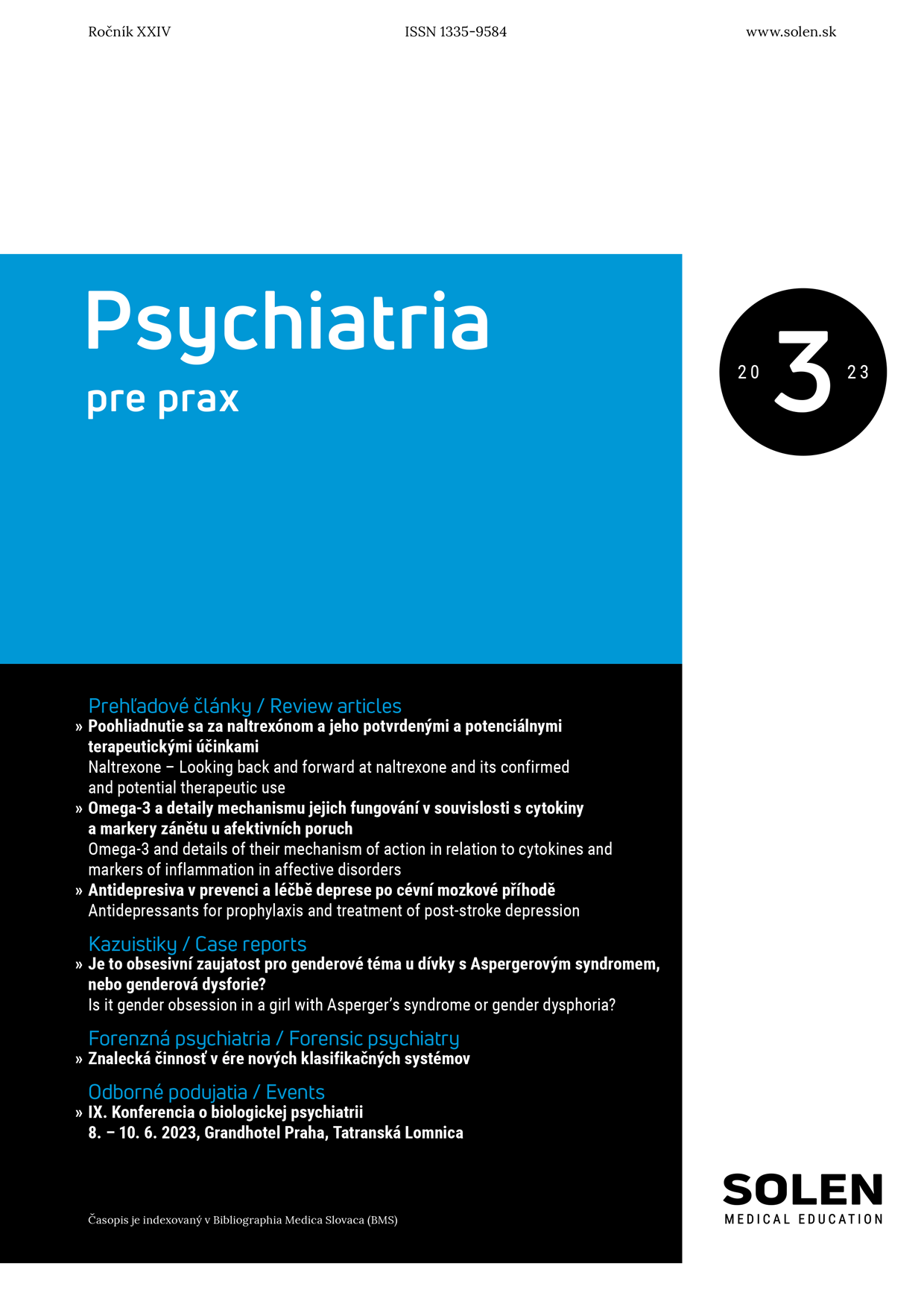
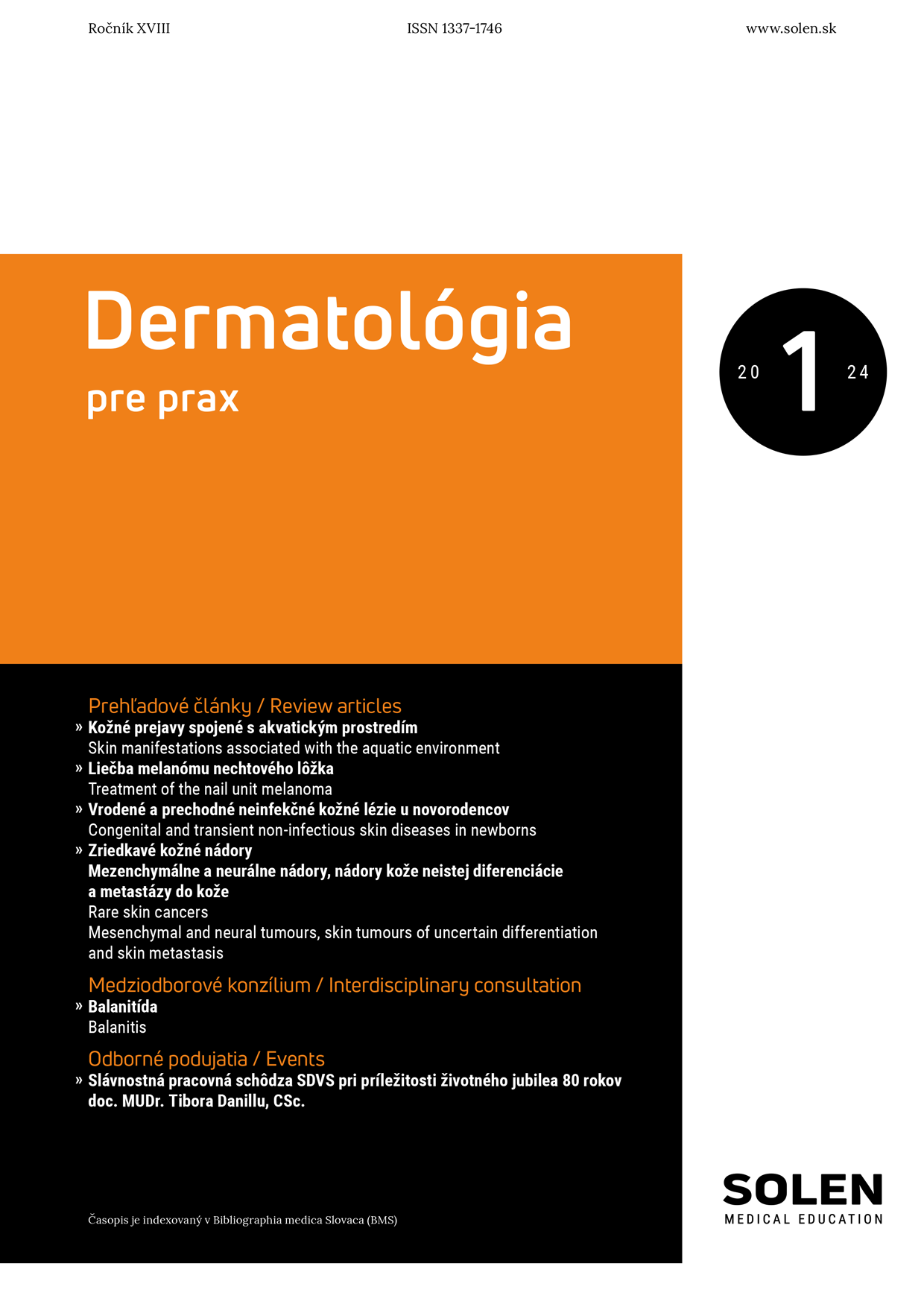
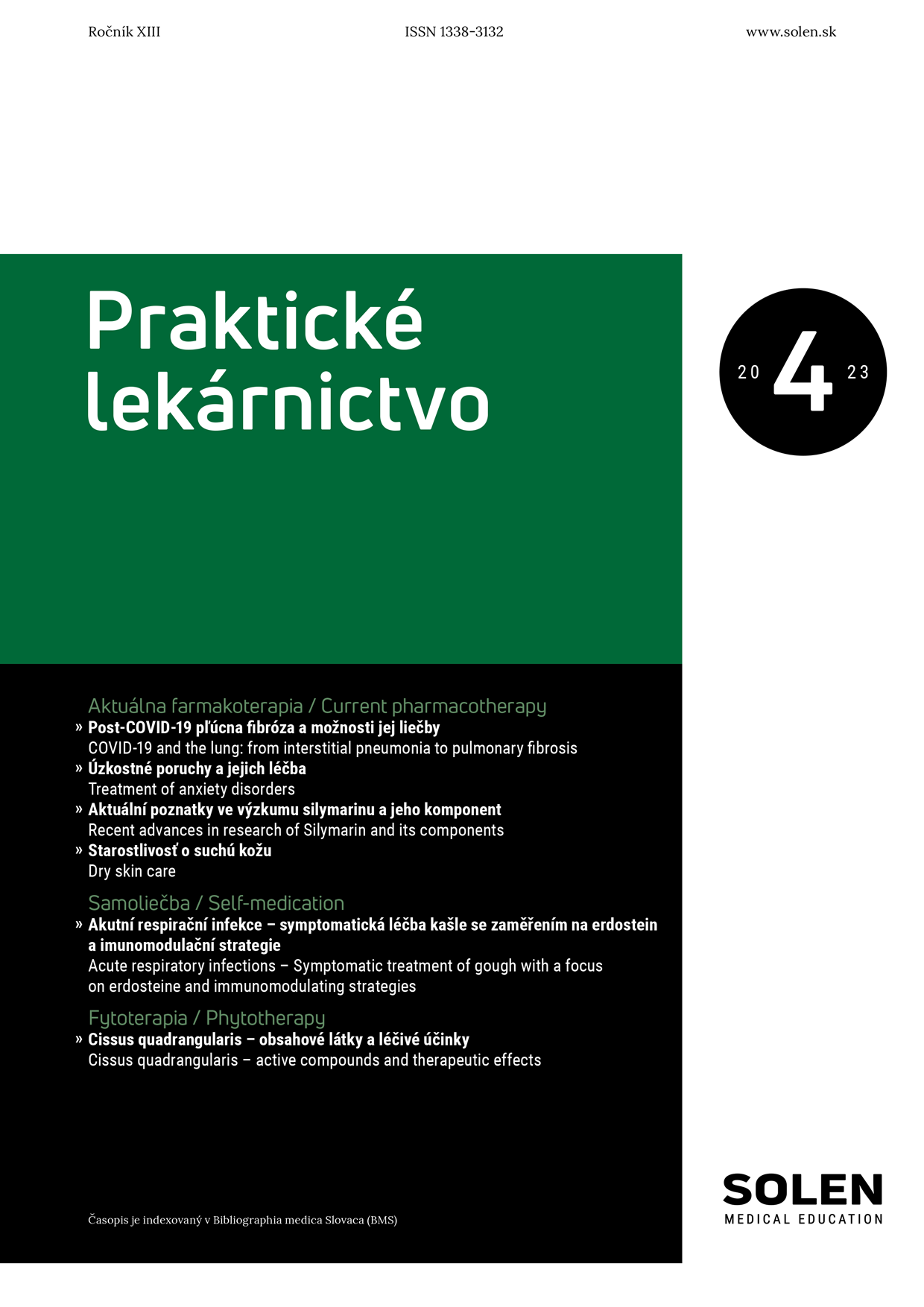
-1.png)
